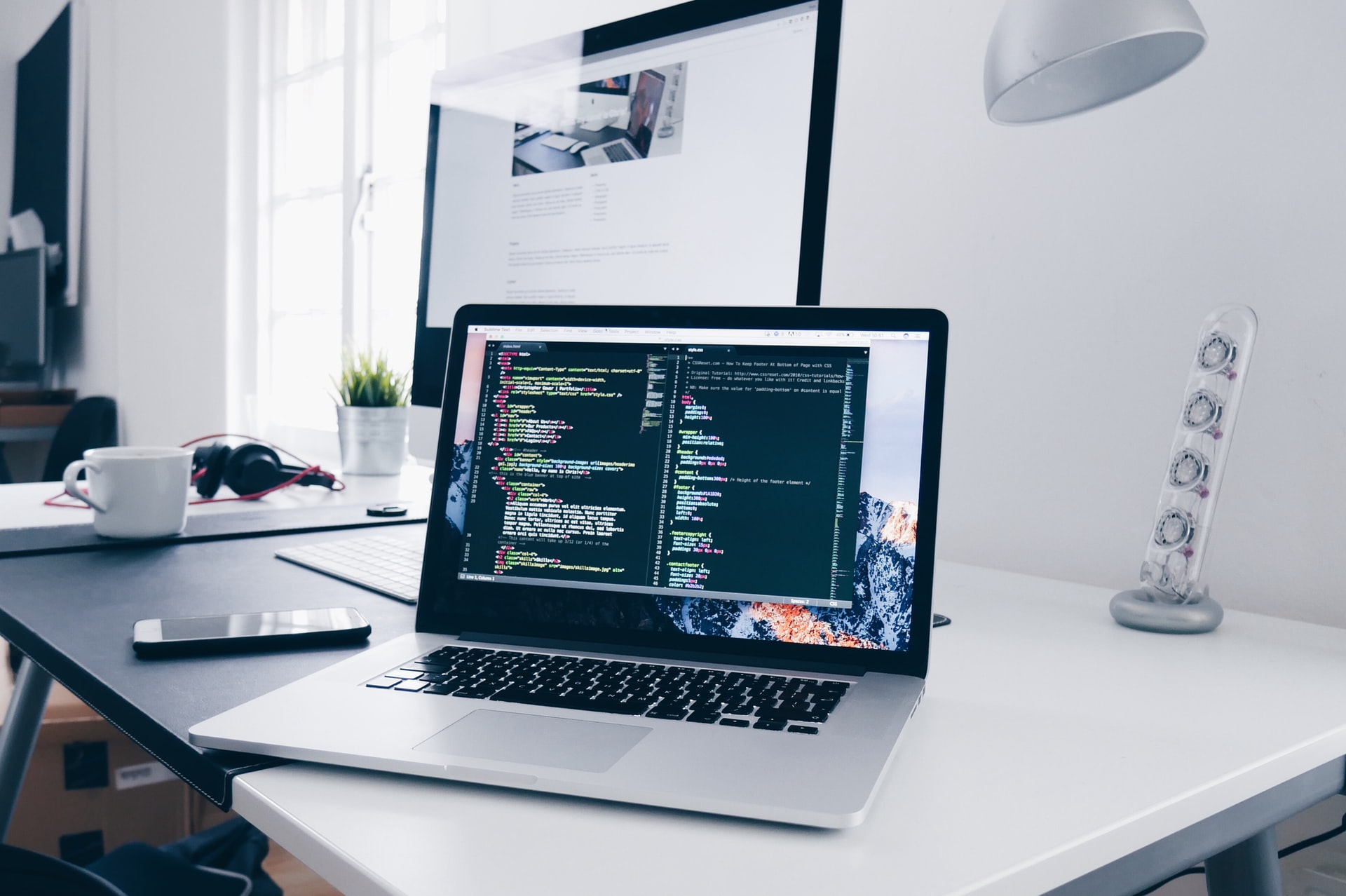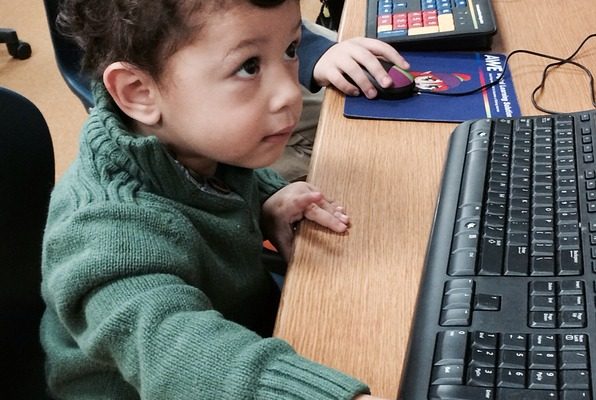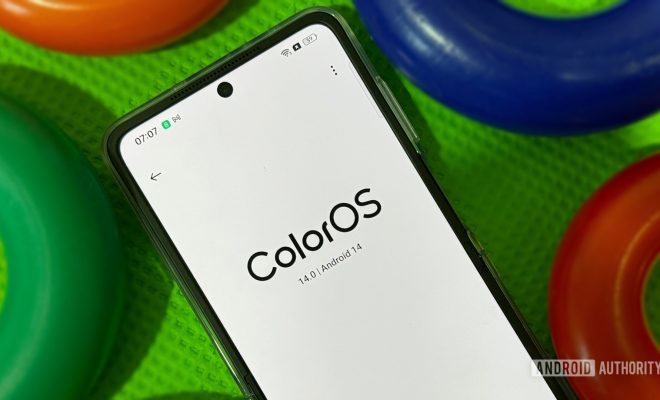The CLO Shift From Learning To Performance

While learning management systems (LMSs) are useful for enabling learners to understand in today’s world of distant and decentralized teams, it is the mix of learning and performance that impacts the bottom line. Here’s why Performance Enablement Platforms (PEPs) are on the cutting edge.
A Transition to Performance-Based Learning
Many firms throughout the world have shifted to distant and dispersed teams in the previous decade, which has benefited LMS tools. The global LMS market was worth $10.84 billion in 2020, and it is expected to rise from $13.38 billion in 2021 to $44.49 billion in 2028. Presently, there is a plethora of suggestions and guidance available on how to choose the best LMS for the requirements of one’s firm. When comparing various choices, data gathering and monitoring, accessibility for learners, and convenience of use for admins all play a role in the decision-making process.
Such tools are helpful because they enable firms to provide online training and learning courses to all workers in the workplace, regardless of location. They make learning more accessible, and their gamification as well as other dynamic aspects can excite and engage students. They do, however, overlook one key step: imparting learning at the optimal time for each person and sustaining this understanding post-learning. Apprenticeship and co-op courses are extremely beneficial in this regard. They allow students and recent graduates to develop and use their talents before embarking on their future professional routes.
Are traditional learning management systems extinct? Perhaps. Modern learning platforms must alter their emphasis and elevate the studying journey to the next level. Here’s why Performance Enablement Platforms are the way of the future (PEPs).
PEP stands for the Modern Learning And Enablement System.
Let’s glance at an illustration of learning with an LMS platform. Arlene is nearing the end of her sales representative training. She now understands the company’s offerings and is skilled at locating prospective clients and converting them into leads. She has finished all of the quizzes and tasks in her training program and is now prepared to begin her career change, equipped with the information she requires to succeed. However, how can we guarantee that Arlene’s learning is retained so that she may stay on the massive sales path after her last exam?
PEPs come into play here, providing just-in-time training prompted by live performance outcomes. This is performance-driven data-driven training that fosters a nimble mindset of continual growth and improvement. It is the combination of learning and performance that has the most influence. According to Rallyware research, implementing learning with social engagement resulted in a 6% increase in workforce productivity, whereas implementing learning and commercial operations, in combination with scheduling and socialization, led to a 38% boost in output per worker!
PEP Resources for Maximum Learning Reinforcement
Carlos, for example, finished his marketing agent training. He is immediately pulled up to pace with learning and commercial operations supplied by just-in-time, social game-like encounters to inspire and engage him throughout the journey. After his training, Carlos receives individualized smart notifications regularly, prompting him to follow up with certain clients, refresh his contact details, and check in with specific prospects. This October, he experienced a slower month, with fewer sales. Not to worry, based on his present pipeline, he is given some helpful recommendations on how to enhance his revenue before the holiday season. Perhaps he lacks confidence and skill in social media, but there is a necessity to be socially engaged with potential customers because social media is where the bulk of his clients are. As a result, Carlos may be given opportunities to improve and enhance his talents in this field through extra upskilling courses like “Social Media Marketing 101.”
This level of customization would not be feasible without information on Carlos as well as real-time measurements and statistics that monitor his success over time. Based on his previous experience, his goals and skill sets, and his present progress status, a PEP would be mindful of any holes in competencies. It would detect these decreases in performance and provide performance increases as needed. This type of learning technique is quite effective—small spurts of reinforcement to keep the knowledge fresh, little times that are incorporated into the day-to-day and can have a significant impact on performance.
With a growing number of businesses concentrating on improving employee performance, we estimate that PEPs will continue to rise at an exponential rate in the coming months and years. So, as we approach 2022, let us reconsider the typical LMS. Let us move our attention to learning and performance enablement, using the information to assist employees to accomplish.






